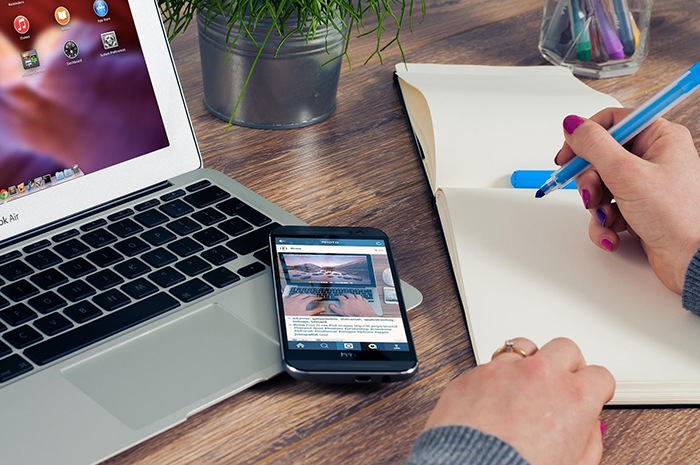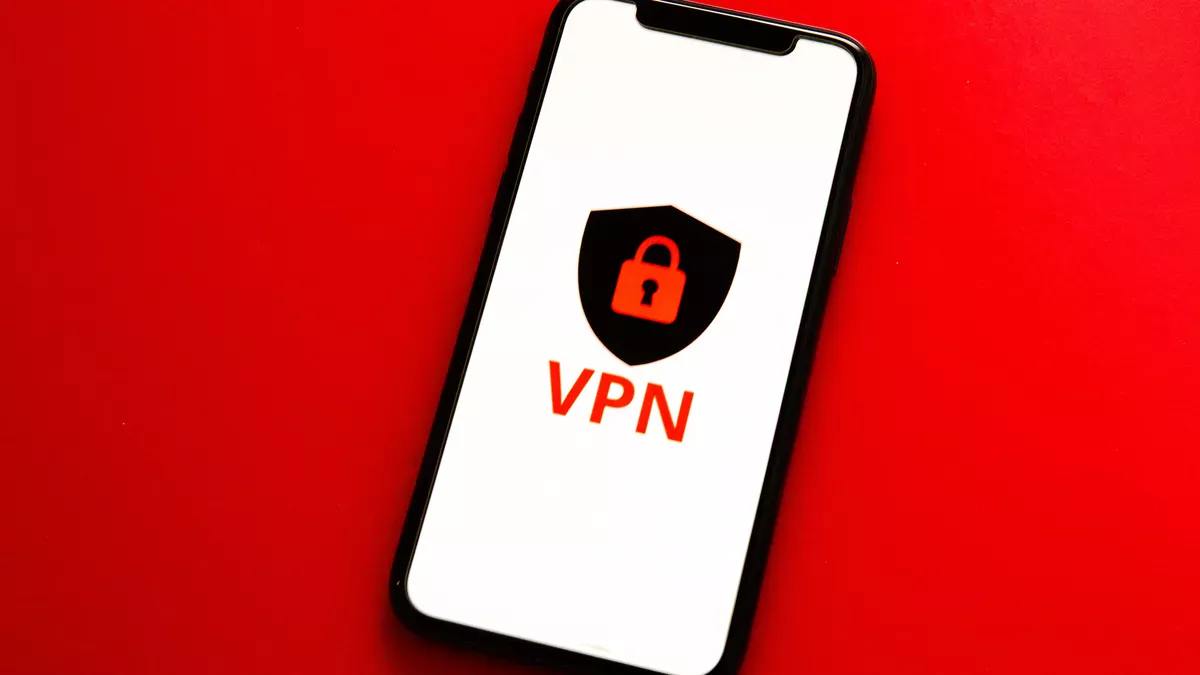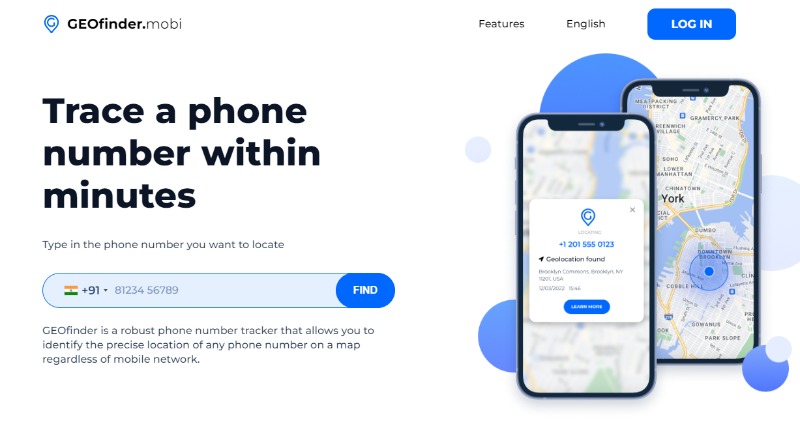
If you've ever had a security breach, you are aware of how upsetting it can be. It's possible that you had to start afresh after losing all of your data. Or perhaps someone else gained access to your data and used it against you? Whatever the case, there's no doubting that these kinds of events may quickly destroy your day or, worse yet, damage your professional reputation. Fortunately, there are precautions you can take to guard against these threats, and they don't require any additional money or work.
Use Strong Passwords
To construct and store your passwords, you ought to utilise a password manager. You can create unique passwords for each of your accounts and keep track of all of using password managers.
If you don't use a different password for each of your accounts, even if you have several, others could be readily guessed. Additionally, keep in mind that passwords like “passcode” or “123456” are both easy for hackers to guess.
There is no reason why you shouldn't use the same password in all of your online accounts if you don't have any security concerns, but if it's too difficult for you to remember a different one every time, it might be worth thinking about whether you need an additional layer of security to keep you safe from malicious attackers (or even just friends).
Use phrases rather than words in any password you create; that way, even if someone manages to gain hold of just one element (like “secret” or “password”), they won't be able to use it to acquire access to all other information that has been saved within the phrase. Last but not least, never give anyone else who owns an internet-connected gadget like yours access to confidential data like birth dates or addresses!
Don't Download Apps you don't Know About
Though you might be tempted not to, you should always conduct thorough research before downloading any apps. Numerous programmes that make the claim to help you manage your risk could endanger you. Make sure an app is from a reputable source and has received prior user reviews before downloading it.
An app's ratings and reviews can be used to establish whether it is safe. Look, for instance, at the number of users who have downloaded the same product over time (if there are no reviews available yet). If several individuals have lately downloaded it, there may be issues with its software that are harming iPhone users worldwide!
Finding out who created the application is another important factor to take into account before deciding whether or not to download it onto your device, particularly if the developers are inexperienced and unfamiliar with all of the rules regarding security breaches like viruses etc.
Be Careful what Photos you Post on Social Media
-
If you can, use a private option. Don't share your personal information online if you don't want people to view it! Avoid posting images of your name and address, even store receipts that fraudsters could use to steal your parcels or credit cards (and they will). Also bear in mind that certain apps include privacy options that, after a given period of time, may automatically erase previous entries; utilise these settings carefully!
-
Never publish images of other people without first getting their permission (or at least ask them first). This rule applies to more than simply simple selfies; if someone requests your permission before taking a selfie while holding something special and sharing it elsewhere, grant it! When dealing with sensitive information like this, it's better to be safe than sorry, so alwaysget permission before sharing anything online to prevent harm to others in the future.
Set up Two-Factor Authentication.
A user must provide two distinct bits of content in order to unlock your account when using the security feature known as 2FA. Besides, 2FA Mac users should also consider VPN, because Cyberghost Mac VPN can be helpful keep surfing secure. Premium VPNs keep your Mac devices secure from hackers and viruses. So, you must do the following actions in order to use two-factor authentication:
-
Set up the appropriate app on your phone (usually available on the App Store). Go to Settings > iBook & App Store > Passcode and Touch ID > Authenticate This Computer to accomplish this.
-
Then, click “Turn On Two-Factor Authentication” in the bottom left section of the screen after entering your password when requested.
Before continuing with the setup steps above, tap Next until you reach a point where it asks for something like an SMS code or email address. Select the option that best suits your situation (if needed).
Limit Access to Personal Information via Apps
You can configure security settings upon that iPhone to restrict who has access to your personal information through apps. This is how:
-
Launch the Settings app.
-
Click on Privacy > Location Services > Infrastructure Components (the third item down).
-
Scroll down and choose any items you wish to make inaccessible to anyone using your device by checking the box next to them. For instance, uncheck “Allow Attempts to call From Any of this Phone” in this section if someone gave you their contact information without your consent and now requires it back because they believe you are no longer vital to them. This will prevent them from calling you without your consent.
You may wish to disable those features as well as delete the app entirely to ensure that no one else has access, if there are any apps that give away too much information about their location history or that of others but don't currently require entering credentials—like WhatsApp Messenger.
Turn Off SMS Grouping, if Possible
This is a function that can be activated or removed if you use iMessaging. Your iPhone will create a thread of messages from the exact same individual when SMS grouping is enabled. It's helpful, but if you don't verify who is contacting you, it could also be harmful!
Select “Group Messages” at the bottom of the screen under Settings > Messages > Send & Receive to disable SMS combining for all contacts in your iPhone contacts list (you'll need iOS 12 for this). If someone keeps sending you unwelcome messages after they receive yours, for instance if they listed themselves as people on Facebook or sent birthday wishes via Facebook Messenger, you might want to think about disabling this feature (or similar apps).
A Little More Effort
It's critical to understand the security threats you face as an iPhone user and the resources available to safeguard yourself. The following advice will help you keep your gadget safe:
-
Ensure that your iPhone is up to date. Make sure your device is running the most recent version of iOS (11) or a higher one, if available. This version was released in September 2019. Update now if not. Software upgrades can be downloaded directly from Apple or from third-party websites like Cydia Impactor (about which we'll talk later).
-
Avoid installing apps from unknown sources, as this indicates that no one has given the app explicit permission to run on your phone. Instead, go straight to the Apple App Store rather than using browsers like Google Play, Amazon Appstore or the Store for Mobile devices. * When creating email accounts like Gmail or Yahoo Mail, which retain personal information about their owners, use strong passwords; these accounts should never, under any circumstances, be exchanged with anyone else.
-
Maintain software updates on all devices linked to Wi-Fi networks, as criminals have been known to deploy malware that looks like legitimate software that was created for machines running Windows XP/7 back when those generations were still widely used by customers worldwide! Even though this may seem obvious enough already, people frequently forget to update antivirus programmes before downloading new files onto their hard drives. These programmes must be updated regularly to remain functional.
Conclusion
We hope this post has helped you gain some understanding on how to safeguard your devices and data. Since protecting your privacy is important, we are always available to help. Please don't hesitate to get in touch with us when you have any queries or issues.


